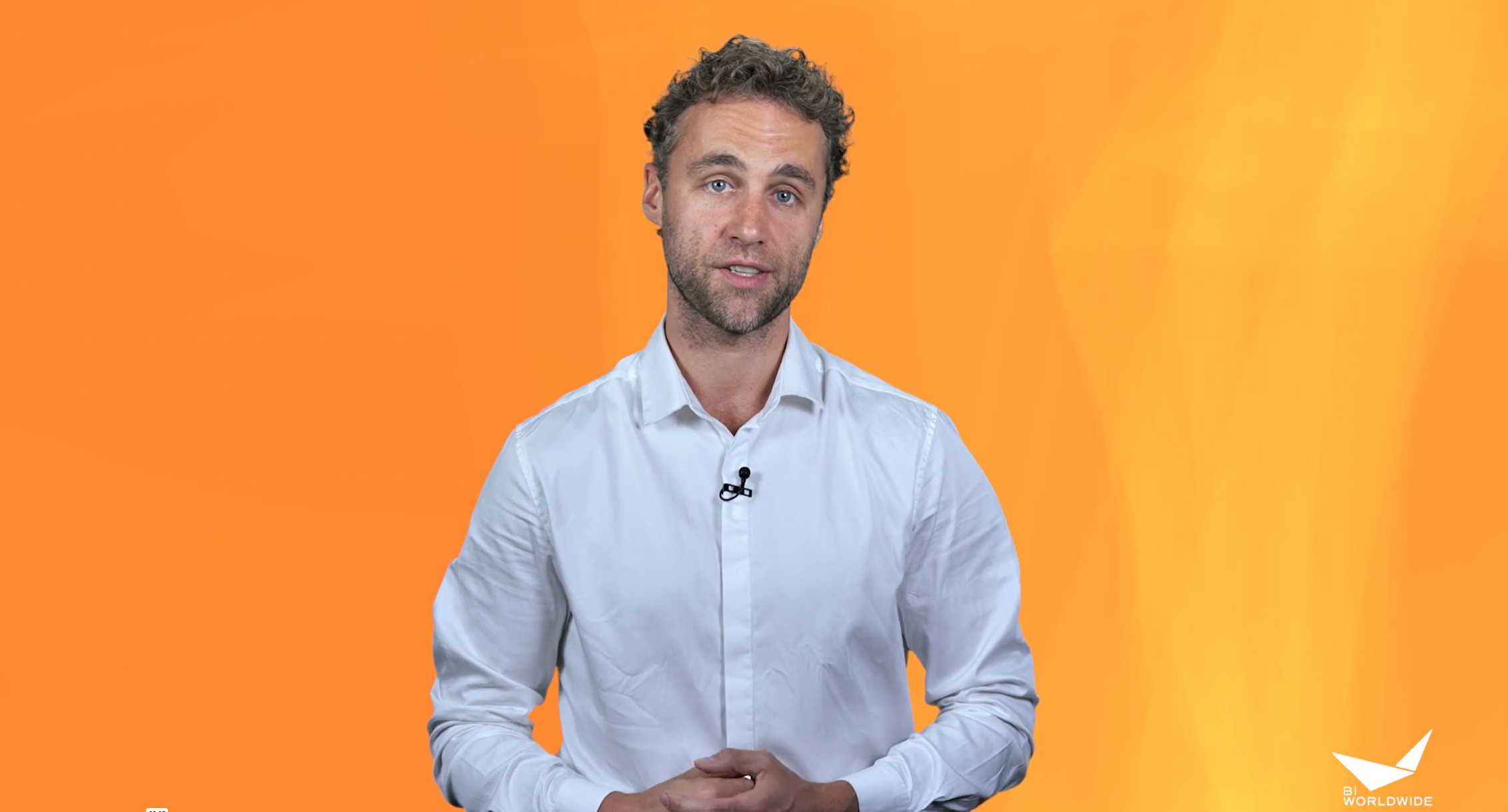Idiosyncratic fit is the feeling that you enjoy a unique advantage in achieving a goal, making a sale, beating an opponent, or completing a task. Every time a salesperson on your team is offered a new incentive or opportunity, they ask themselves this:
- Do I believe I have an advantage over others in the program?
- Are the rewards worth the effort?

When individual members of your team answer yes to these two questions they are most likely to join, and succeed, in a specific program. Convert unproductive behaviours to productive ones using the two questions above, you will move your middle performers in the right direction. Failure to find this idiosyncratic fit results in reduced confidence and lack of engagement by your sales team.
Here’s an example: You announce an exciting new incentive for your team where the top salespeople earn an iPad. 80% of your sales reps don’t pay attention because they don’t have a chance to win. And 50% already have an iPad. No idiosyncratic fit. No behaviour change. No results.
Ensuring this fit is more likely to maximise engagement and produce incremental performance (move the middle).

Finding the fit
Conventional wisdom says that top performers are intrinsically motivated to perform, achieve and win. But translating that motivation into action doesn’t happen magically. Somewhere along the way, top performers find their idiosyncratic fit. They quickly and naturally identify how they have the edge over their fellow salespeople – and the competition, but your middle to low performers, (the majority), just have a harder time translating their motivations into action. In other words, they need help finding their unique fit which can be achieved through effective program design, communications and rewards.
Frame your conversations and discussions in a way that helps each individual identify the advantages they have to perform, achieve and win.
